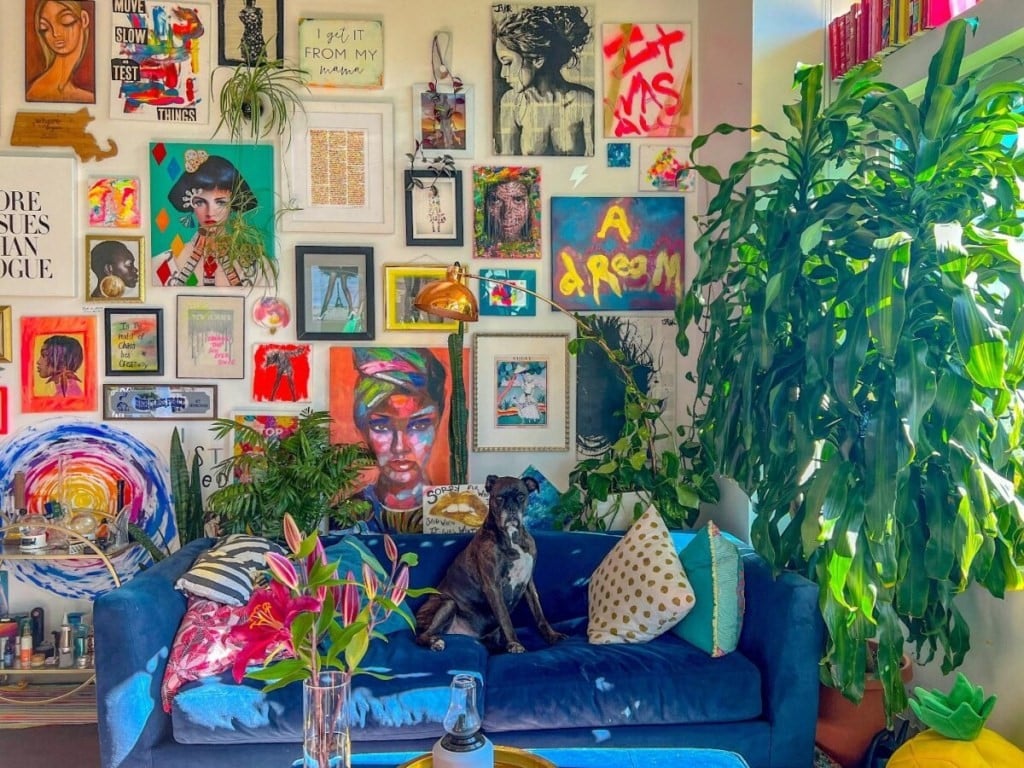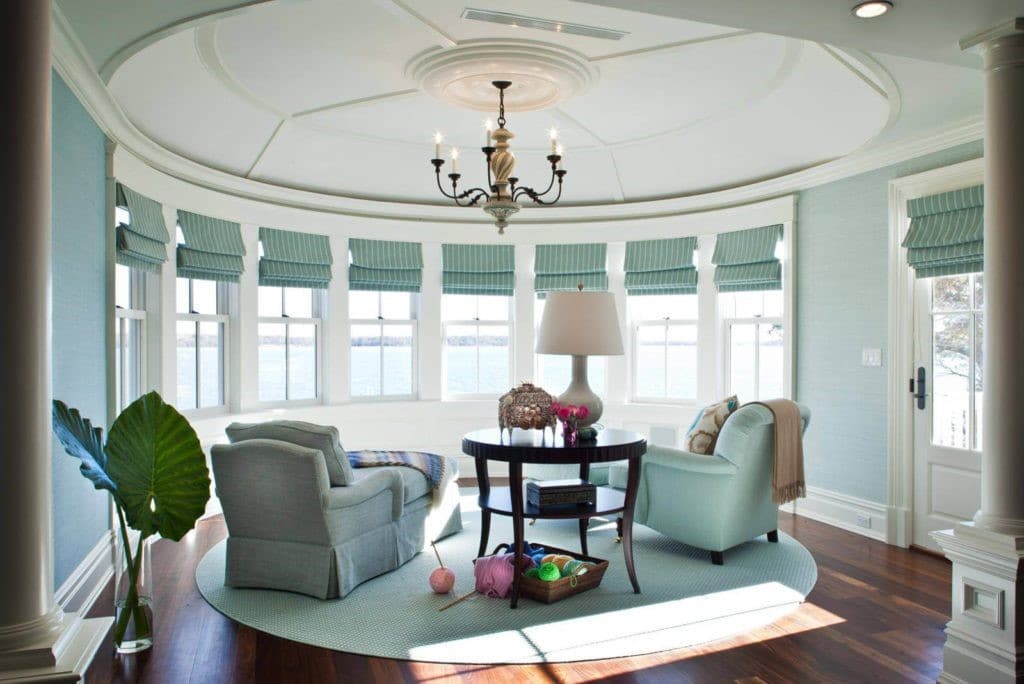The 1980s was the era of a ‘more is more’ aesthetic. Throughout the country, interior designers and clients alike were boldly embracing decor trends, like bright, bold colors, fluted surfaces, chintz patterns, and mahogany furniture into their latest projects. Many see the resurgence of the ’80s aesthetic as a response to an oversaturation of clinical design, mass production of furniture, and non-color room ideas. The looks from this retro decade offer a welcome departure from the ultra-clean lines and stark minimalist aesthetic that has been so popular recently. The ‘80s was the decade of excess, ornamentation and pattern but now, those lively looks are more modern and refined and they look more expensive. Here we will talk about how to make these retro trends look up-to-date in your home.
MAXIMALIST DESIGN
Where minimalism champions stripped-back design, the philosophy behind maximalism is that less really is more; in fact, the busier the better. The aesthetic of excess, first found favor among interior designers in the 1980s, but it is back in 2024. Forget your grandmother’s overstuffed home, the new way to do maximalist decor is playful yet curated. Where proportions allow, combining powerful colors, clashing ornate prints and rich textures can really make a statement. With its profusion of color, summer is a brilliant time to seek inspiration for a maximalist look, and the interiors world is bursting with prints to choose from.
CHARMING CHINTZ
Once dismissed as old-fashioned, this flowery pattern style is back in a more refined way, yet it is still as delightful as ever. The beauty of a more contemporary chintz is that it can make a home feel alive: it reminds us of the natural world outside and gives it that sense of fluidity and movement. The patterns often include greens, too, which is a color that a majority of people are drawn to and crave. On the other hand, a traditional home can look too fuddy-duddy if you just use old-fashioned floral designs. You can use them, of course, but you should pair them with modern floral prints, as well as the bright colors and sharper lines to keep it fresh.
FLUTED DETAILS
Minimalism was unheard of in the 1980s when detail was prioritized and none more so than on surfaces, especially in kitchens. Now found on glass, sinks, backsplashes and cabinetry, ribbed and fluted surfaces are once again making waves in the home. In contemporary settings, fluted patterns can be used to provide 3D interest, just enough to add character, while retaining the simplicity required to work in modern designs. Fluted surfaces catch the light, creating deep shadows and texture within a room. Tactile, traditional and with a certain decorative quality, fluted detail is making a big comeback.
EARTHY, RICH BROWN
In the 1990s, decorating with brown was the impetus for many interior design jokes, but circa 1980, brown was everywhere on our carpets, furniture, curtains and walls. Fast forward 40 years and this once-detested color scheme has re-entered our homes. This much-maligned color is a great neutral! Warm, grounding, and versatile, there is something oh so comforting and reassuring about brown. Earthy hues are enjoying a resurgence on both walls and furniture and we are truly captivated by the nuances of brown. With its many color variations, brown goes with everything. In deeper, very rich hues, it is particularly good at flattering beautiful, well-drawn patterns.
CIRCULAR FORMS
Before the straight lines and angular forms of the nineties and oughts took hold, curvaceous design and cylindrical forms were front and center in our homes. Organic lines are shaping up to be big news again, softening our surroundings. This trend is all about creating a cocooning environment that will help you unwind physically and mentally. Curves are abundant in nature, so there is a biophilic link at play. On a simpler level, curves serve as a welcome relief to the straight lines and hard edges typically found in bathrooms and kitchens. Furniture shapes are becoming increasingly refined, almost sculptural in form, thanks to the latest material innovations. ‘Using curved lines within a home offers a wealth of benefits, including the potential to add both flow and dynamism,’ says interior designer, Charu Ghandi and it continues to ring true.
Our fondness for certain colors, materials, and designs has everything to do with our personalities, environment, and experiences, so choosing home décor ideas that make you happy in your home, whether they are back on-trend or not is critically important. This is such a fun time in interior design because anything goes as long as it’s done with forethought and a purposeful plan.